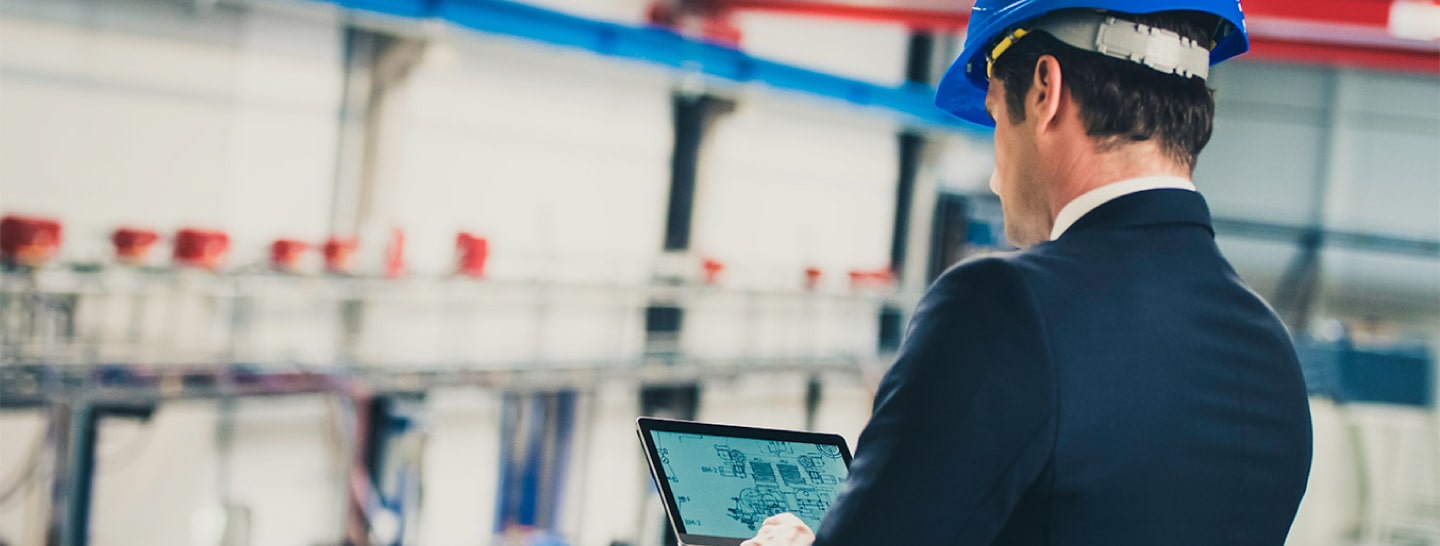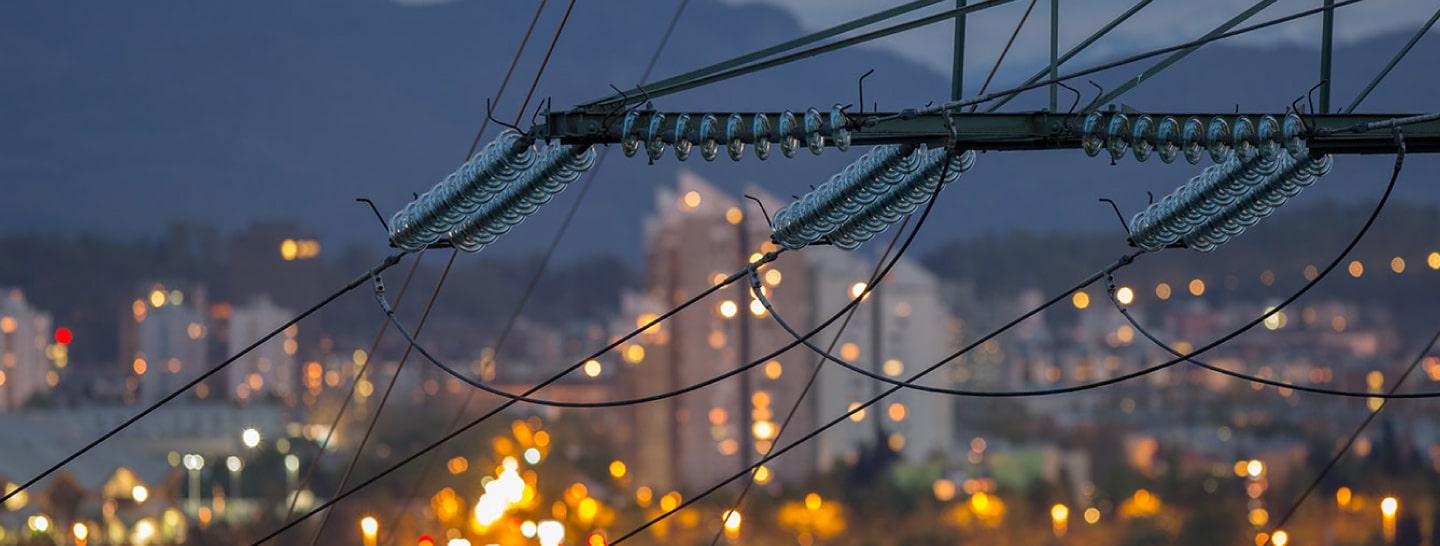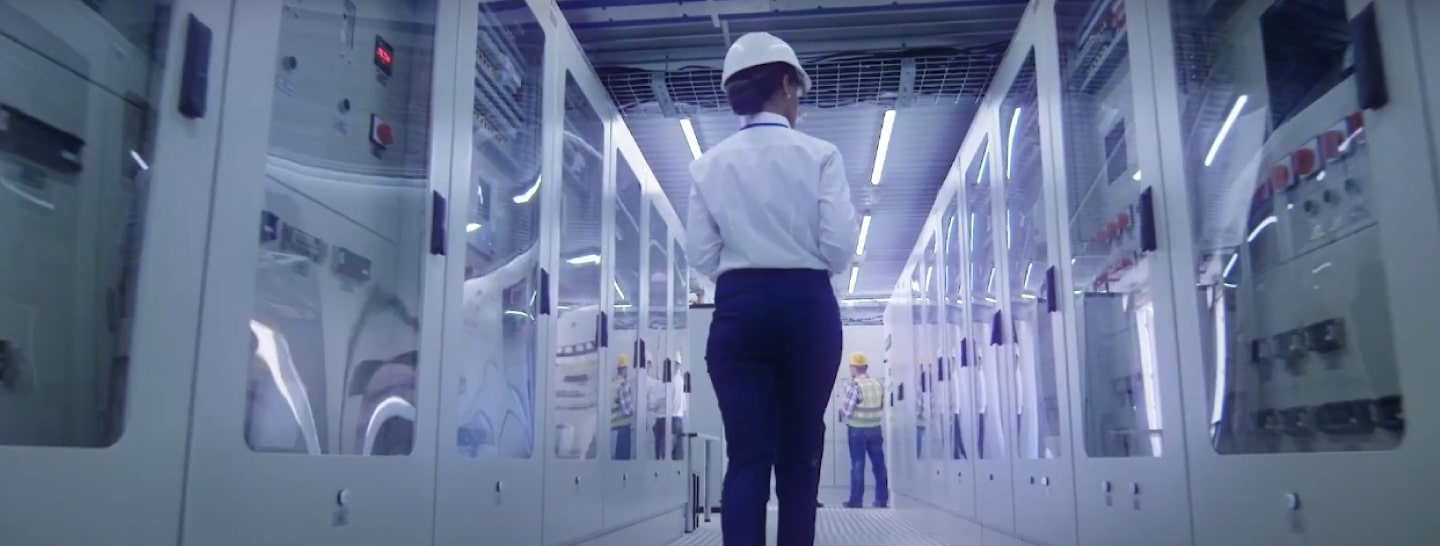
What is a microgrid?
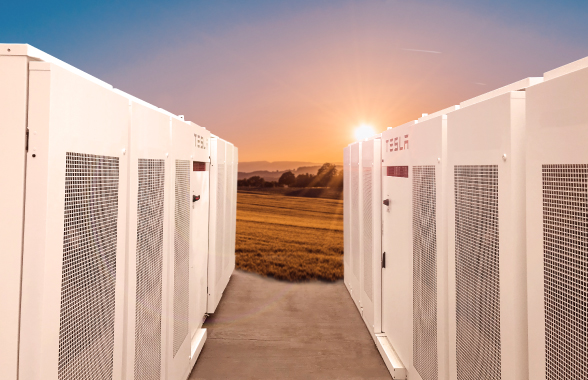
The advantages of microgrids
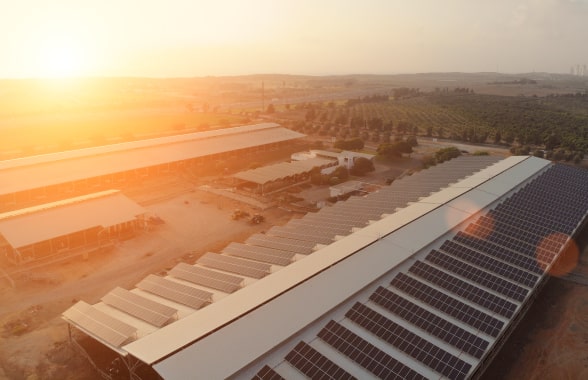
However, the share of renewables still has some way to go, with almost 80% of total energy produced expected to come from renewable sources by 2050. The United Nations’ Sustainable Development Goal is for almost half of generation to be met from renewables by 2030. Wind and solar are now the cheapest means of electricity generation across two thirds of the world, according to Bloomberg New Energy Finance. The energy consulting arm of the data giant expects them to undercut coal and gas almost everywhere by 2030, such is the scale of the drop in price. The advantages of wind and solar generation also include size. Onshore wind farms and solar arrays are typically far smaller than the huge sites that house traditional power stations, meaning they can be located close to, or even on the site, where the power will be used. That avoids wastage, because the further electricity has to travel, the more of it is lost.





